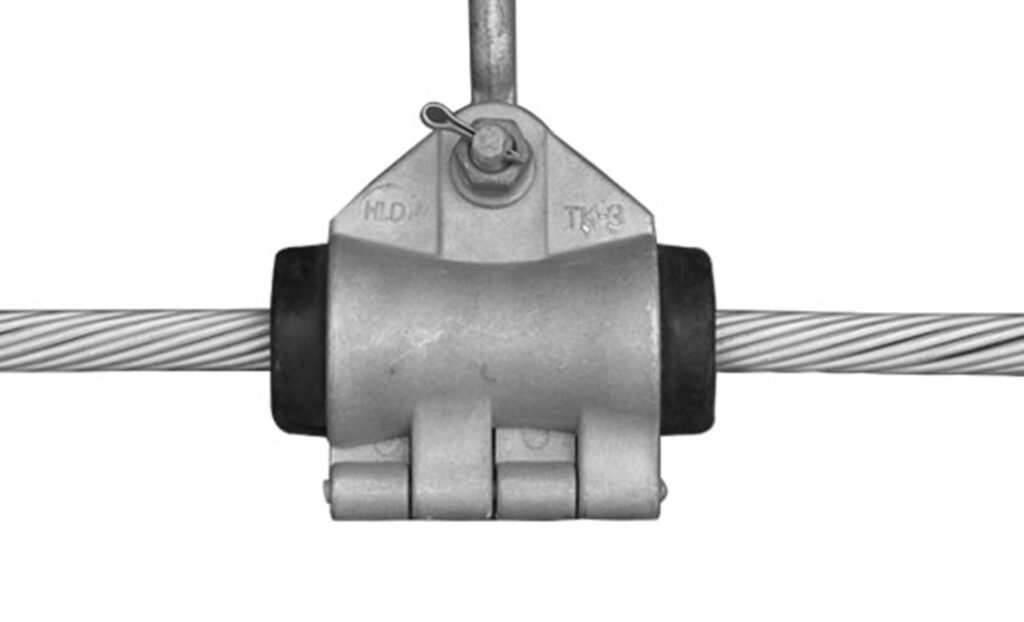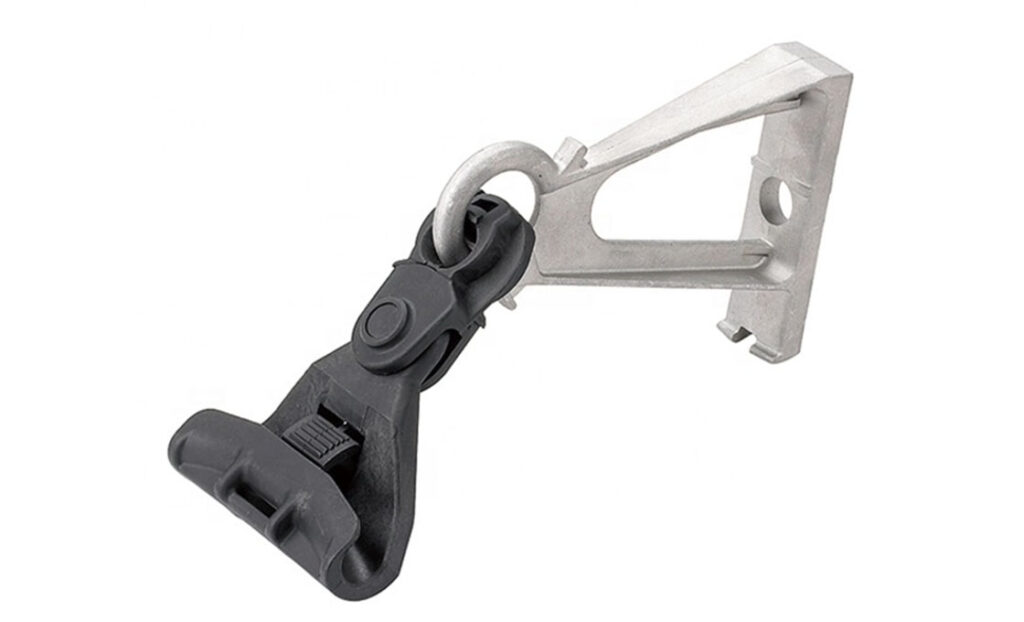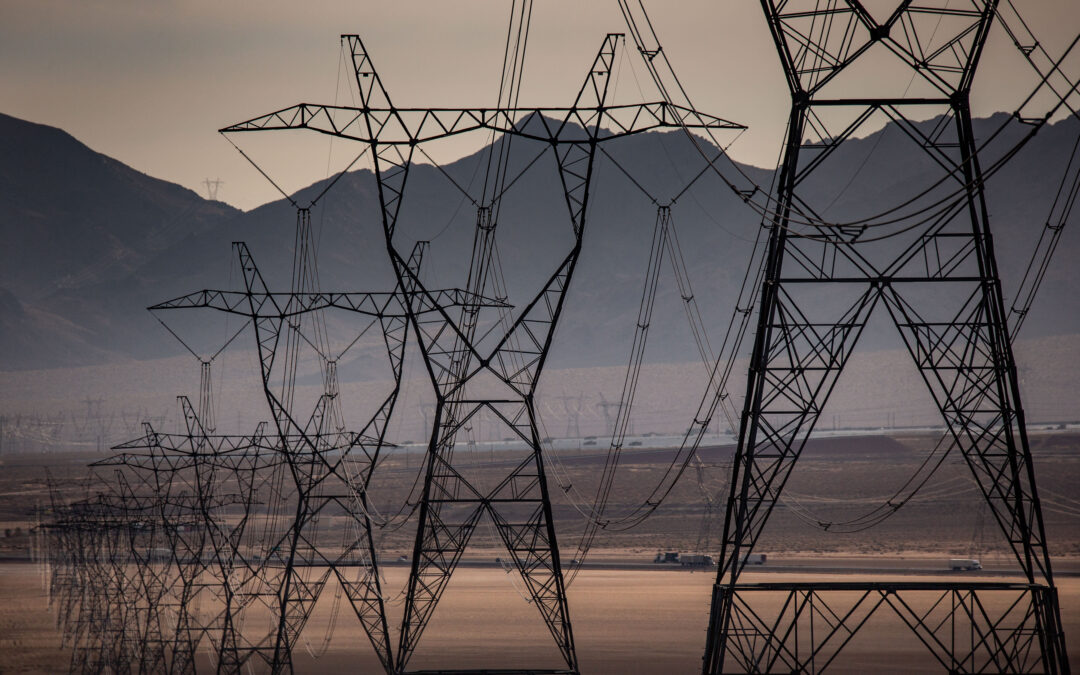- Suspension clamps play a crucial role in supporting and stabilizing power infrastructure to reduce blackouts.
- South american countries are implementing various measures the mitigate the frequency of power blackouts.
Recurring power blackouts in South American countries affect both urban and rural areas. Power blackouts cause significant economic and social consequences that disrupt businesses and daily life. Power blackouts in the continent arise from aging infrastructure, climate change, overloading, and natural disasters. The region has abundant natural resources that help address the issue of power blackouts and outages. The mix of investment, modernization, and renewable energy helps strengthen its energy resilience. The governments can address these issues through diversification of energy sources, grid modernization, regional cooperation, and private sector participation. For instance, the increased drought leads to planned blackouts in Colombia and Brazil. Using suspension clamps helps to reduce power blackouts in the region. This is because they ensure the stability and reliability of power lines.
Suspension clamps hold and support electrical conductors, which prevents conductor gas from breaking. The clamps maintain the integrity of power transmission systems and reduce the risk of blackouts and outages. They are able to absorb vibrations caused by wind and temperature fluctuations. This design prevents damage to the conductors and reduce the likelihood of power interruptions. Power blackouts impacts the economy, social relations, health, and safety. Hydropower production provides a reliable and renewable source of electricity. Countries like Brazil, Venezuela, and Paraguay depend on hydropower for electricity production. This makes them vulnerable to climate change and infrastructure limitations. This article looks at the factors leading to power blackouts and outages in South America. It also focuses on the role and influence of suspension clamps in reducing power blackouts.
Influence of suspension clamps in reducing power blackouts in South America
Suspension clamps help in ensuring the stability and reliability of power transmission systems. The clamps hold electrical conductors in place while allowing movement to reduce mechanical stress. This helps in maintaining grid stability in areas prone to extreme weather conditions, aging infrastructure, or high demand in transmission systems. South American countries continue to modernize their grids and expand renewable energy capacity. This will cause the need for suspension clamps. They help to maintain reliable and resilient power transmission systems. The following are the ways in which suspension clamps help reduce power blackouts and outages in South America.

- Mechanical support and stability – suspension clamps help to suspend conductors from transmission towers. They distribute the weight of the conductors to help prevent sagging or snapping of cables. By doing so, suspension clamps maintain the structural integrity of the transmission lines across vast distances.
- Electrical discharges and insulation failure – the clamps work with insulators to isolate the cables from transmission lines. The clamps reduce the likelihood of faults in the grid that could result in power outages.
- Extending transmission line lifecycle – suspension clamps extend the lifespan of the transmission lines. This is by reducing the mechanical stress on conductors. Using high-quality suspension clamps reduces the need for replacements, repairs, or maintenance.
- Supporting high-voltage transmission – suspension clamps function in high-voltage transmission lines. They have the ability to withstand high mechanical loads and extreme environmental conditions.
- Grid expansion and renewable energy integration – the integration of renewable energy sources increase the demand for reliable transmission networks. Suspension clamps aid in the construction and maintenance of new transmission lines.
Factors leading to increased power blackouts in South America
As South America develops its production of renewable energy sources, there is a need for more transmission line expansion. The region’s deteriorating infrastructure adds to more frequent blackouts. This is due to a variety of causes, including infrastructure limitations, environmental problems, and political instability. To address these difficulties, South American countries will need to make large investments in energy infrastructure, diversify their energy sources, and improve grid management. This will assist South American countries reduce the number of power disruptions. The following are the factors for rising blackouts in South America.
- Aging infrastructure – South American countries have less maintained transmission and distribution systems. The outdated equipment, deteriorating power lines, and inadequate maintenance contribute to frequent failures.
- Overdependence on hydropower – hydropower is the main energy source in South America. This is particularly in countries like Brazil, Paraguay, and Venezuela. Prolonged droughts or changes in rainfall patterns can lead to reduced water levels in reservoirs. This reduces electricity generation capacity and causes energy shortages.
- Urbanization and rising demand – rapid urbanization in the region has led to increased electricity consumption. This increases the need for power grid upgrades to accommodate the growing demand. This leads to overloads, system failures, and blackouts.
- Political and economic instability – political and economic instability impacts energy infrastructure and management.
- Cybersecurity threats – digitalized power grids are vulnerable to cyberattacks that target energy infrastructure. For instance, in Brazil, there have been attempts to breach energy company networks. This raises concerns about their potential for large-scale cyberattacks to disrupt power supplies.
Measures to mitigate power blackouts in South America
South American governments have taken many steps to reduce power shortages and blackouts. These measures range from investing in renewable energy to upgrading electricity grids. These indicators help to focus on resilience, sustainability, and grid modernization. This will help to establish a more robust and reliable energy infrastructure in the region. The following initiatives are being implemented across the region.

- Diversification of energy sources – South American countries are investing in renewable energy sources to reduce reliance on hydropower. This helps create a resilient energy system that is less vulnerable to droughts and fossil fuel disruptions.
- Grid modernization and smart grid technologies – modernizing the power grid helps in reducing blackouts. This is by improving the ability to track, control, and manage electricity distribution. Smart grid technologies allow real-time data collection, which enables quicker detection of faults. For instance, Brazil has been investing in smart grid technologies to improve efficiency and reduce energy losses.
- Investments in energy storage – batteries stabilize the grid by storing excess electricity generated from renewable sources. This reduces the reliance on a single energy source and helps prevent blackouts during low production.
- Cross-border energy integration – interconnected grids allow countries to import electricity. Brazil, Argentina, Uruguay, and Paraguay have interconnected power grids that allow for electricity trade. The Andean Electrical Interconnection System initiative aims at improving cross-border energy exchange. This is among Andean communities like Colombia, Ecuador, and Peru.
- Demand-size management and energy efficiency – South American governments are putting in place demand-side management strategies. These help to reduce peak demand and optimize energy use. The availability of policies and incentives can help reduce the strain on their power grids.
Use of suspension clamps in backup power sources in South America
Suspension clamps are critical to the operation of backup power sources in South America. They help to stabilize transmission infrastructure for both conventional and renewable energy systems. Backup power systems are critical in the growing demand for energy security. Suspension clamps help to keep electricity lines functioning and cut disturbances. They also help to stabilize transmission lines and make them more resistant to harsh environmental conditions. Backup power sources include battery energy storage systems, solar photovoltaic systems, wind power with battery backup, and natural gas backup generators. The following are the contributions of suspension clamps to backup power solutions in South America.

- Stability in backup power grids – backup power sources need robust and reliable transmission and distribution networks. Suspension clamps serve in overhead power lines that connect these systems to local grids.
- Supporting renewable energy–based backup systems – South America helps in expanding renewable energy capacity. Suspension clamps help to attach conductors that transfer electricity generated from renewable sources to local grids.
- Enhancing power transmission from microgrids – microgridscan be poweredbysolar, wind, hydropower as backup power. Suspension clamps help in holding up transmission lines that connect various microgrid components.
- Protection against system failures – suspension clamps contribute to the protection of backup infrastructure. This is by preventing conductors from coming into contact with transmission towers. Suspension clamps along insulators to maintain electrical separation between live conductors.
Conclusion
South America’s power blackouts and outages are led by old infrastructure, extreme weather, and an overreliance on hydropower. Countries in the area are taking proactive steps to diversify energy sources, modernize grids, and put in place backup power options. South American countries are implementing a range of backup power strategies to enhance energy resilience. Suspension clamps and other infrastructure improvements help to stabilize electrical systems and reduce outages. They work in renewable energy and decentralized systems.

At TTF Power Technology, we support the modernization and upgrading of power lines to reduce the frequency of blackouts in South America. Our power line hardware, including suspension clamps, helps in supporting and stabilizing the power transmission lines. This helps to reduce the frequency of blackouts caused by aging infrastructure and climatic changes. TTF has established itself and continues as a world-class global supplier of high-quality pole line hardware, overhead line steel structures, insulators, anchoring products, cutout switches, cables & conductors, and grounding products. Check out our catalog for more details on our products.


